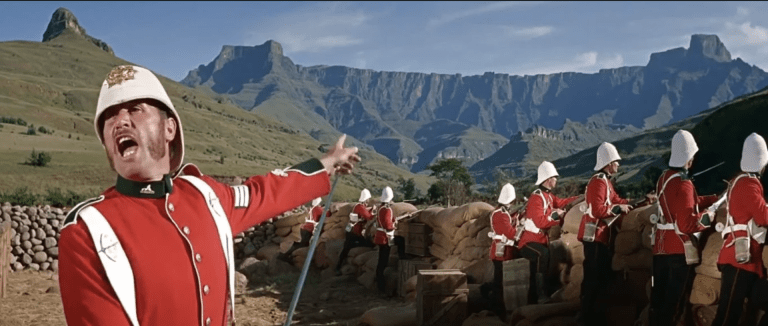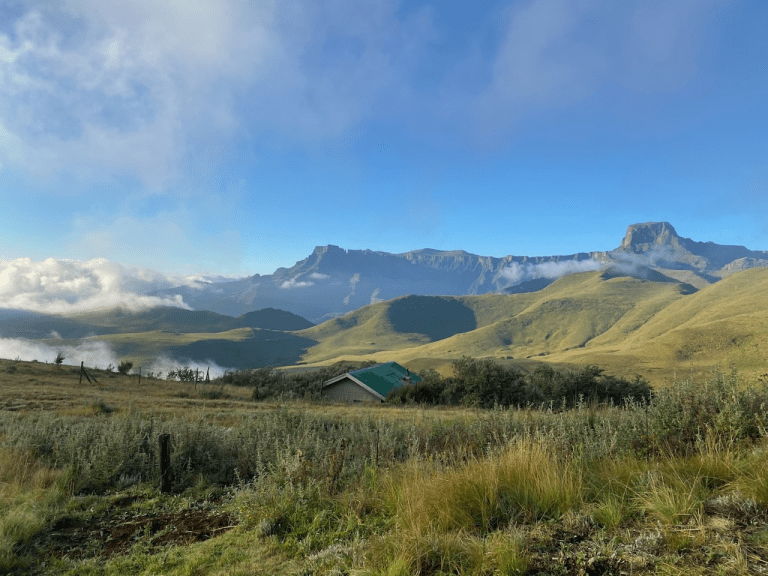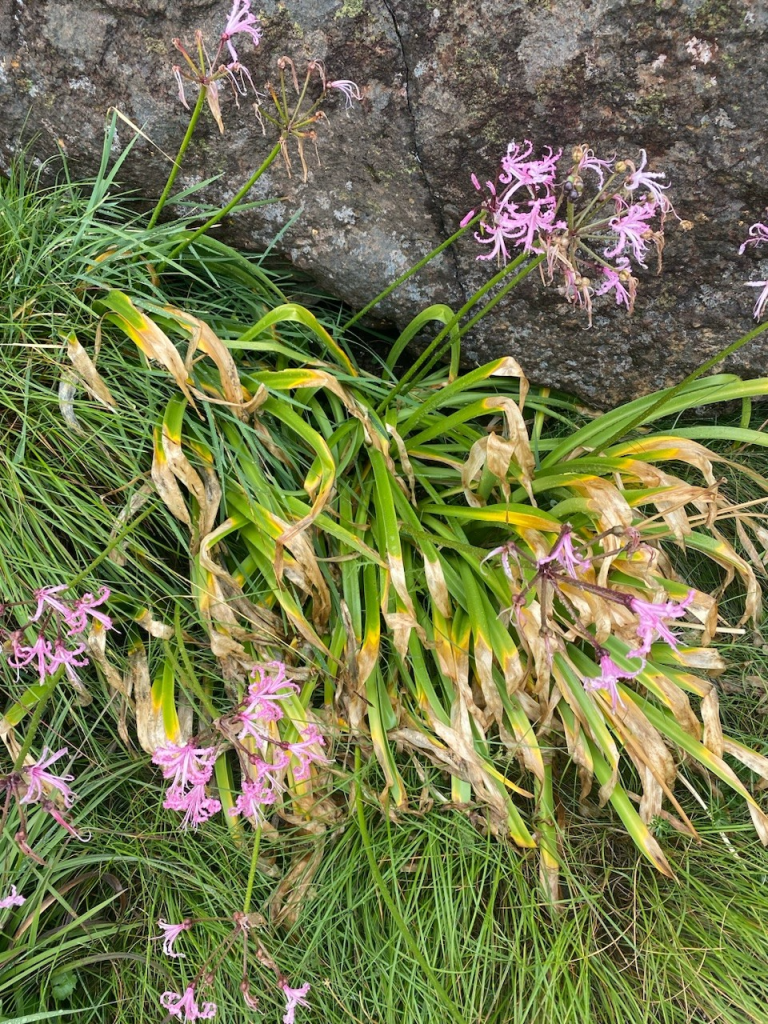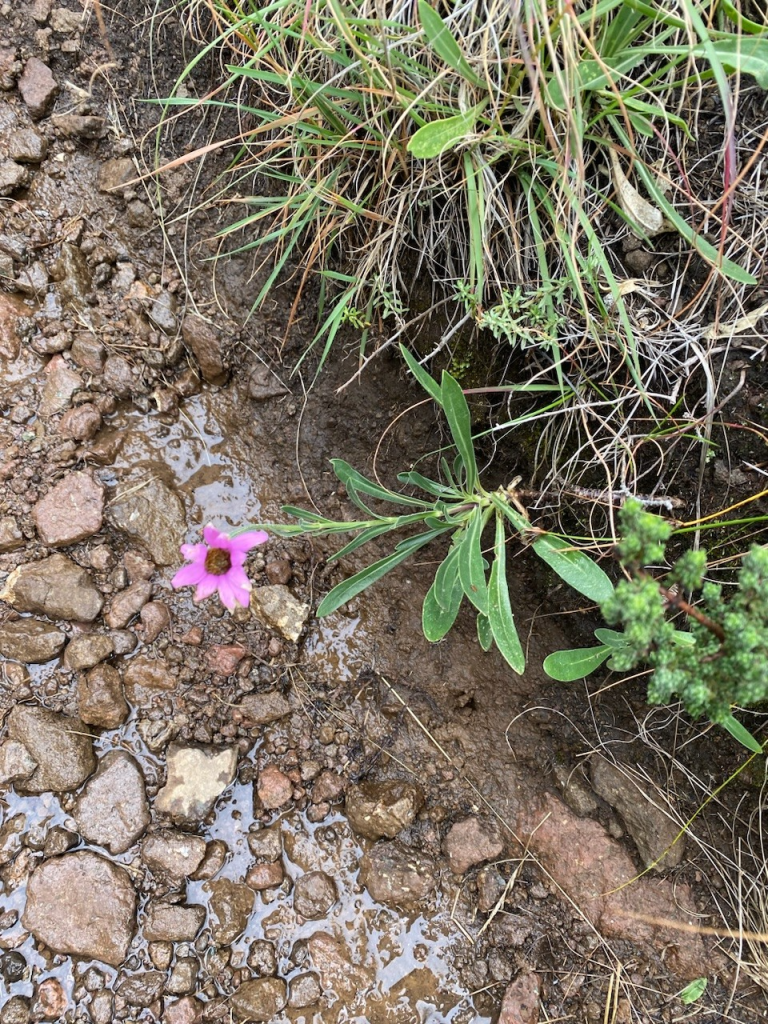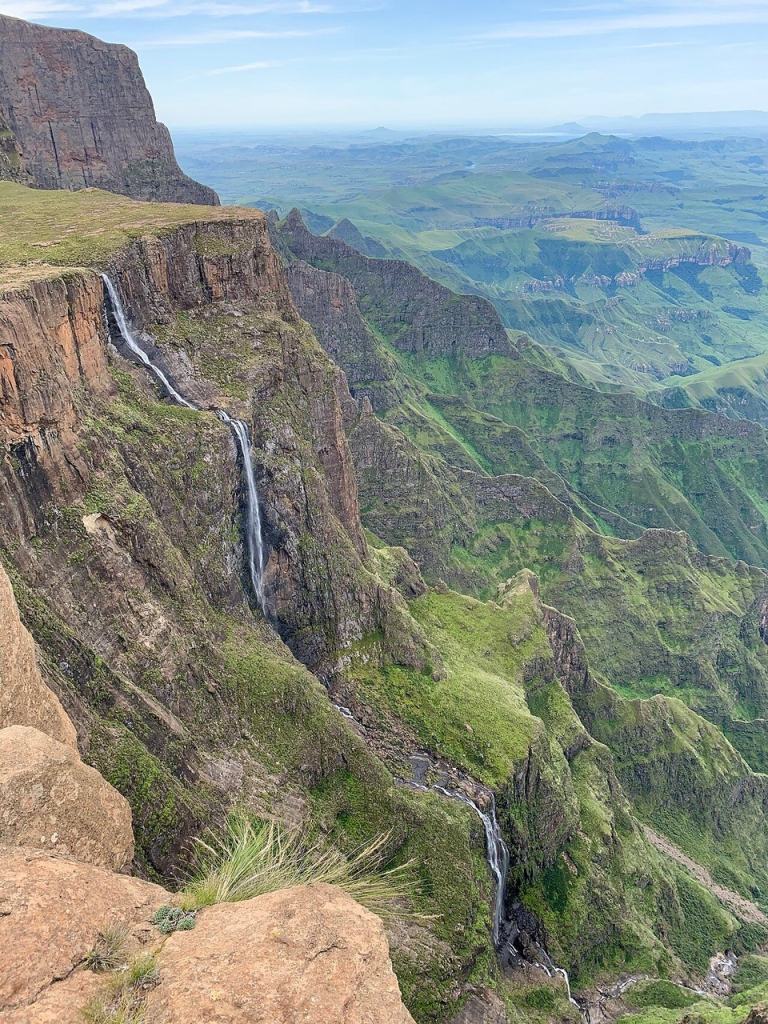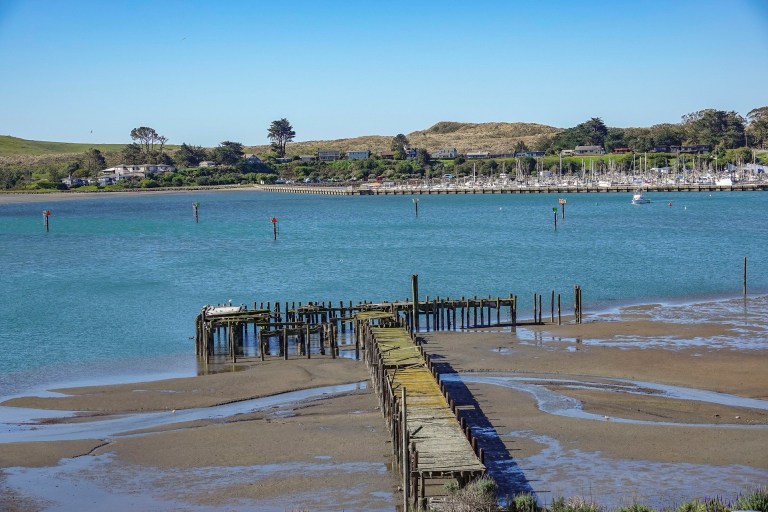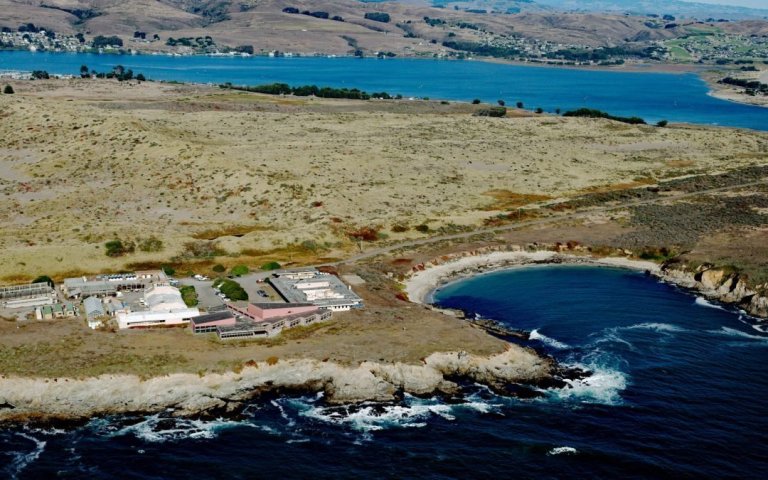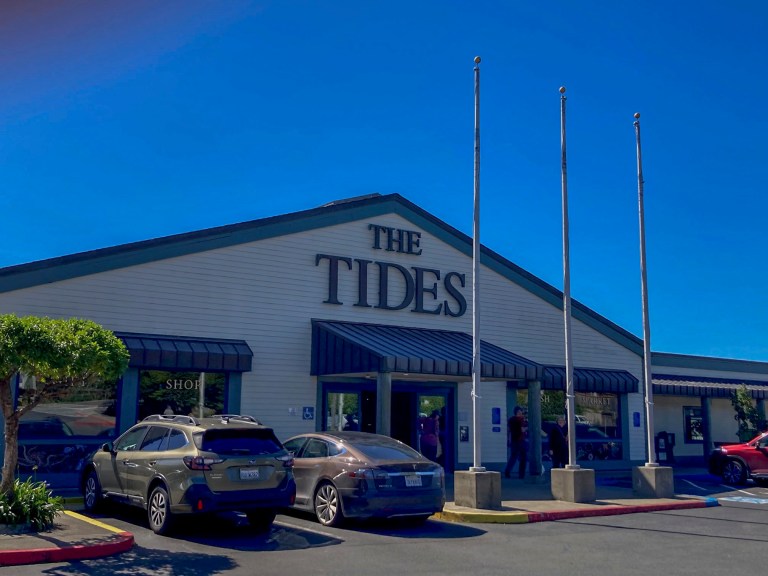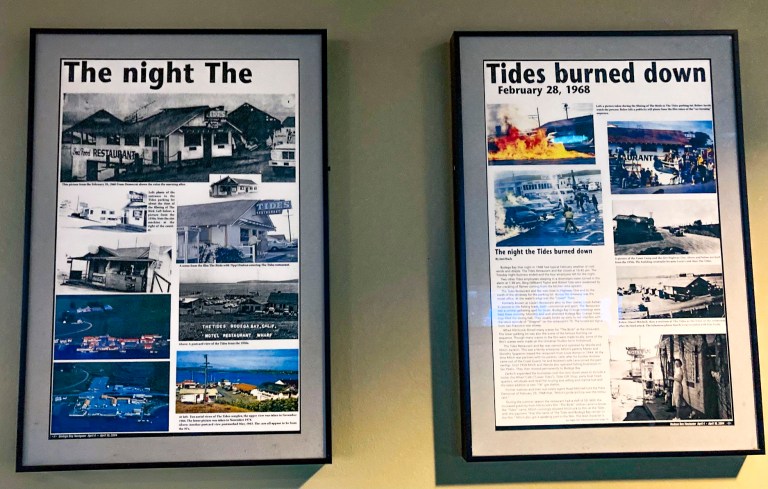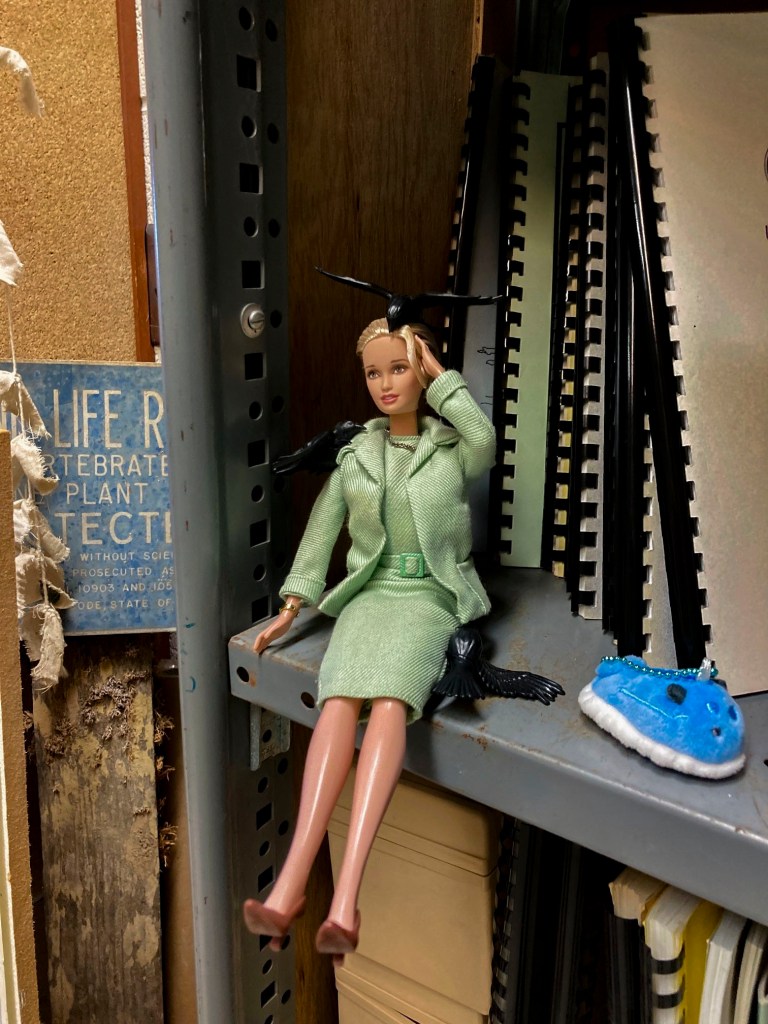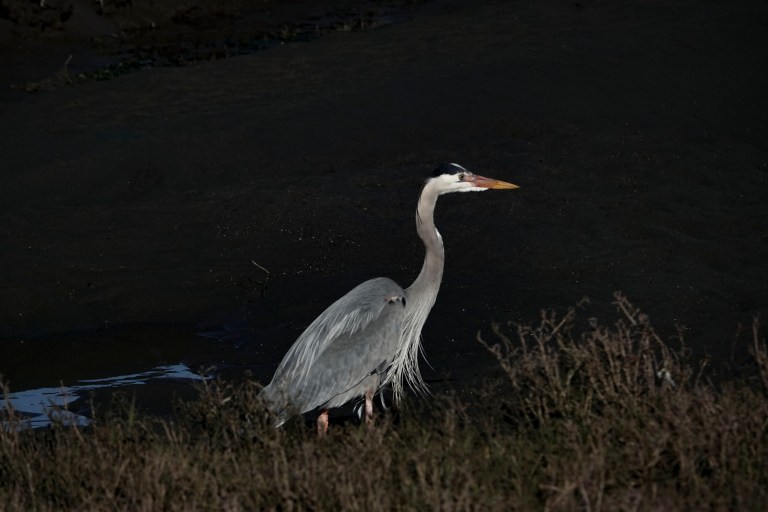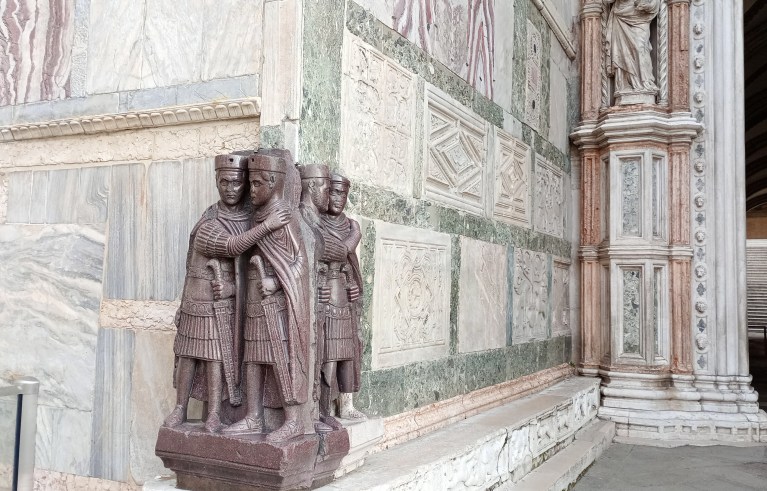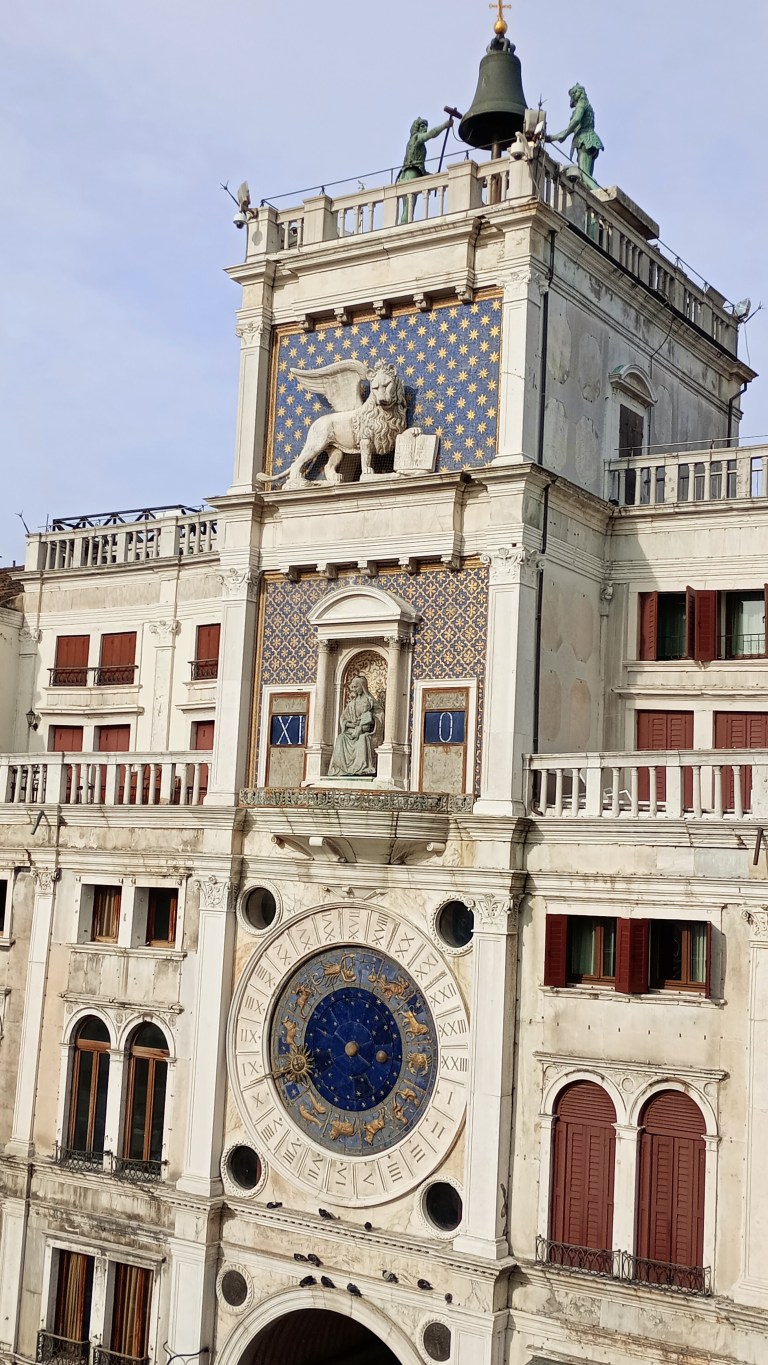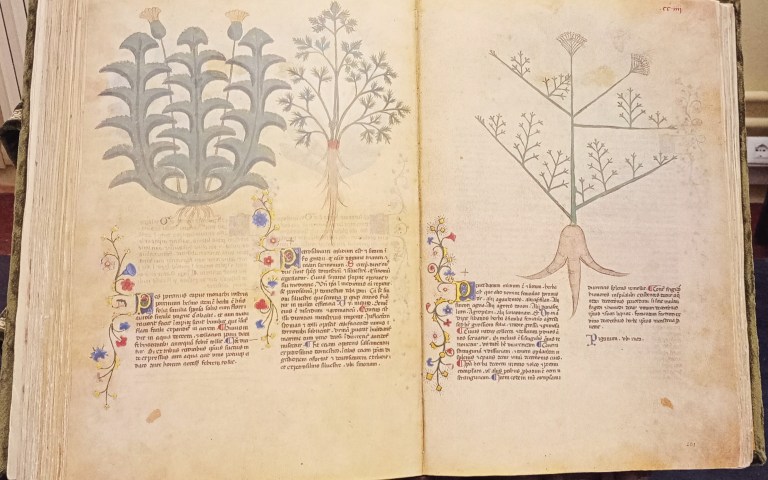Last night I took my host out for Burmese food, since there’s a fairly new Burmese restaurant in Davis called “My Burma“. And of course since neither of us had had Burmese food (there isn’t a single Burmese restaurant in Chicago, though there’s one in the suburbs), we had to go.
It turns out that Burmese food resembles a hybrid between Indian and southeast Asian food, with some unique items like tea leaf salad. We had a largish meal, and I’ll show it below. (The menu is here.). It’s a modest restaurant but the food is excellent. Here’s the interior:

The appetizer: Platha and coconut chicken curry dip, described as “handmade multilayered bread served with coconut chicken curry.” With a couple of good beers, this was an excellent start. You can either dip the bread into the chicken curry or pour the curry over the bread and eat it with a fork. I oped to use my hands.

The restaurant’s most famous dish is the tea leaf salad, described as “fermented tea leaf dressing, lettuce or cabbage, peanut, fried garlic, tomato, sunflower seeds, fried yellow chickpeas, jalapenos, sesame seed, and lemon. They bring it to the table looking like this, with the green tea leaves on top (picture from the website)

. . . and then mix it thoroughly until it looks like what’s below (I would have preferred to sample it unmixed). Our version seemed to lack the tomatoes and jalapenos.
It was very good, with a melange of flavors, but the flavor of the tea leaves wasn’t evident, which was disappointing.
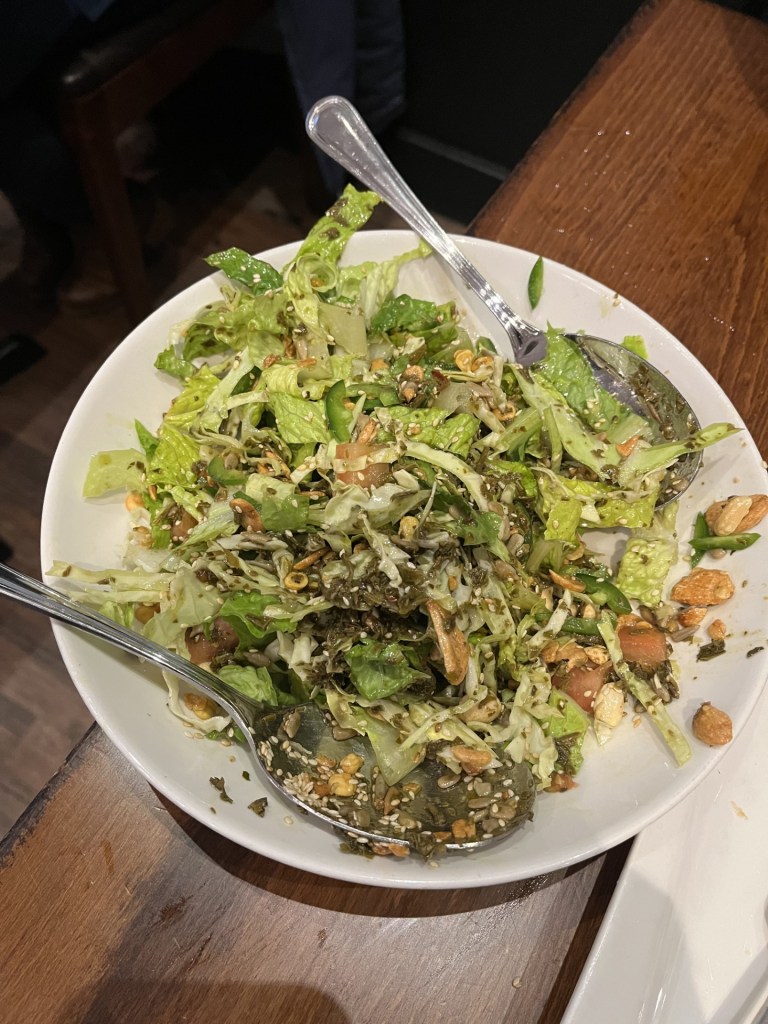
Then two main dishes, the first being chili lamb, described as “diced lamb tossed with chili sauce, garlic, onion, basil, jalapenos, and chili flakes.” The server asked us how hot we wanted it on a scale of 1 (mild) to 5 (fiery), and I said “3.2”. It turned out to be a tasty dish but not very hot, with the scale probably ratcheted down for the American palate:

Second main: Burmese eggplant curry, described as “Burmese curry made with garlic, onion, tomato, and tender eggplant.” It was very good, and yes, the eggplant, while keeping its form, was tender and delicious, in a lovely sauce.

With it I ordered Basmati rice. Rice should really come with the meal rather than requiring a separate order, and I eat a LOT of rice with a dinner like this. Sadly, we got only a small dish that was grossly insufficient. It was good rice, but I needed a HUGE bowl of white rice to sop up all the sauce.

All in all, it’s a good restaurant, especially considering that Davis, for a college town, has a dearth of decent places to eat. If you go, see if you can get a huge portion of white rice, and eat Chinese style, putting the ingredients atop a bowl of the rice. (They don’t use chopsticks, and I guess they don’t in Burma, but I would have preferred them.)
After dinner we went to the David Food Coop, a hippie-ish grocery store that’s been going her since 1972. Like Austin, Davis is an island of Sixties-ness surrounded by a desert of agriculture, and many old hippies are still to be found shambling along the streets of town. (There are also a fair number of homeless people, something I haven’t seen here before.)
And in this cool town, heavily invested in recycling and other green efforts, the Food Coop is the epicenter. It has pretty much everything you want, from loose grains to Dr. Bronner’s soaps, although prices are high because most stuff is organic, and the coolness surely exacts a surcharge. Here are three characteristic items.
In a place like the Food Coop, sugar is demonized. When I did my postdoc here and my parents came to visit (this was probably about 1980), I took them for brunch to a hippy-ish organic restaurant, now defunct, called the Blue Mango. My father ordered coffee with cream, and noticed that there was no sugar on the table. He asked for some. The waiter looked at him with a stinkeye and said, in all seriousness, “Sorry, we don’t have White Death. But we might be able to dig up some honey in the kitchen.” My father, an old-school Army guy, took a pass on the honey.
At the food coop, the Satanic nature of sugar is clear. All items in bins have a four-number numerical code, but it used to be just three numbers. At that time, white sugar was given the Devil’s Number: 666. Now that they have to use four numbers, they simply expanded it, keeping its Satanic qualities:

And they also had this. WTF? What was it recycled from?

One thing that’s always bothered me about the food coop, which prides itself on selling healthy and organic food, is that it also has a whole aisle of homeopathic products, which of course is pure quackery: high-priced water containing not a molecule of the “curative” substance. They should stop selling this useless stuff. Here, ladies and gentlemen, comrades and friends, is a big scam:

But we took a pass on the fraudulent cures because we were there for dessert, and bought bean-curd-filled mochi covered with sesame seeds. They were great (no photo attached).

